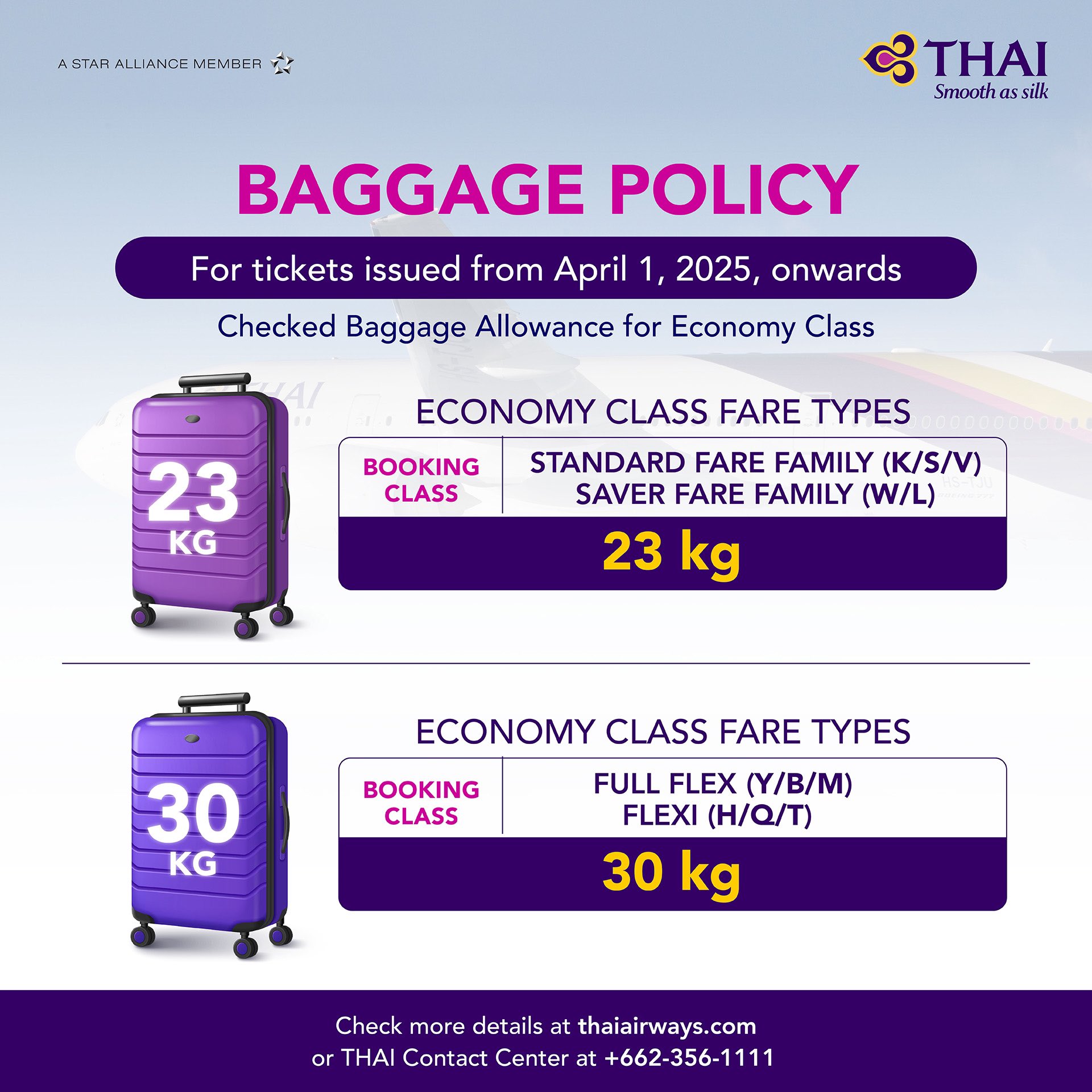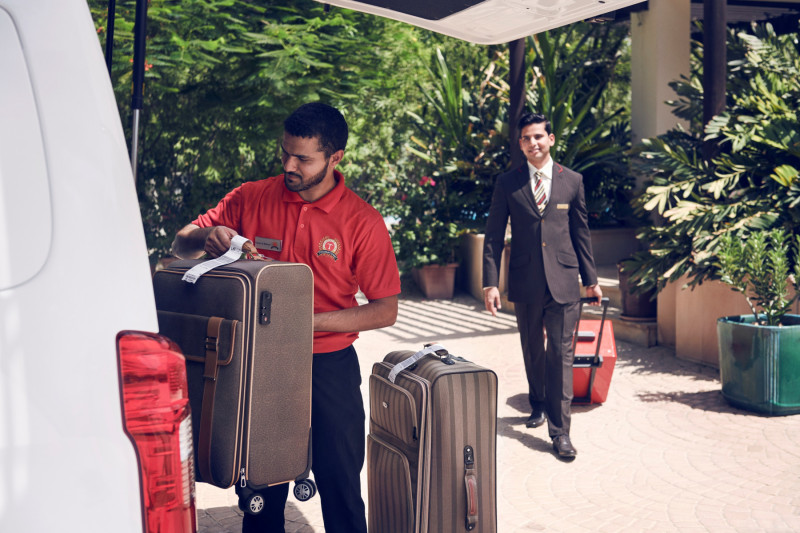
In 2025, India's aviation sector is poised for a significant transformation with the launch of three new airlines: Shankh Air, Air Kerala, and Alhind Air. These airlines are set to enhance regional connectivity, offer more affordable travel options, and capitalize on the growing demand for air travel in India.
Shankh Air, headquartered in Lucknow, Uttar Pradesh, is planning to commence operations in May 2025, pending the final approval from the Directorate General of Civil Aviation (DGCA). Initially, it will operate with a fleet of five Airbus A320-200 aircraft, connecting major cities like Delhi, Mumbai, Chennai, and Kolkata. By 2026, Shankh Air aims to expand its fleet to 15 aircraft and venture into international operations by 2027.
The airline is backed by a significant investment of $50 million from its chairman and $200 million from its parent company, positioning itself as Uttar Pradesh's first full-service scheduled airline. Shankh Air's strategy focuses on offering a two-cabin class experience at competitive fares, enhancing regional connectivity, and providing passengers with a premium yet affordable flying experience148.
Air Kerala, envisioned as India's first ultra-low-cost carrier, is set to launch in June 2025. Backed by Dubai-based investors, it will initially operate with three ATR 72-600 turboprop aircraft, connecting tier 2 and tier 3 cities to major hubs. Air Kerala aims to expand internationally by 2026, targeting the Middle East, where there is a large Malayali expatriate community.
The airline plans to eventually have a fleet of 20 aircraft and will be based at Kannur International Airport. Its goal is to provide affordable and convenient travel options, making it an attractive choice for both domestic and international passengers359.
Alhind Air, based in Kozhikode, Kerala, is preparing for a mid-2025 launch. The airline will operate with a fleet of ATR 72-600 turboprop aircraft, focusing on enhancing regional connectivity within Kerala before expanding to domestic and international routes. Alhind Air plans to start with two aircraft and scale up to seven within a year.
It aims to connect 40 domestic airports, targeting tier 1, 2, and 3 cities, and plans to expand to the Gulf region within 18 months of its launch. The airline is promoted by the Alhind Group, a company with a significant presence globally, and is expected to secure its Air Operator Certificate by mid-2025211.
The entry of these airlines into the Indian market comes at a time when the aviation sector is experiencing rapid growth, driven by increasing demand for air travel and the expansion of airport infrastructure. Their launch is expected to foster greater competition, offer passengers more travel options, and contribute to the overall growth of India's aviation industry

































.jpg)










.jpeg)


.jpg)
.jpg)







.jpg)

.jpg)
